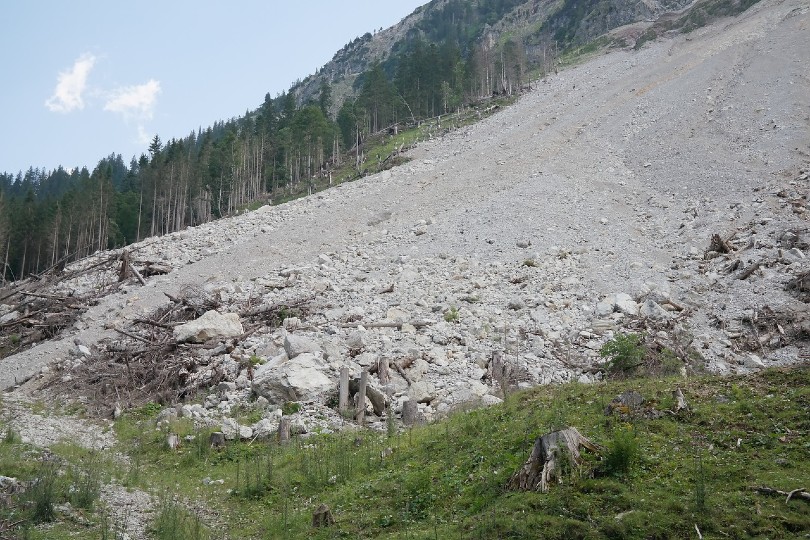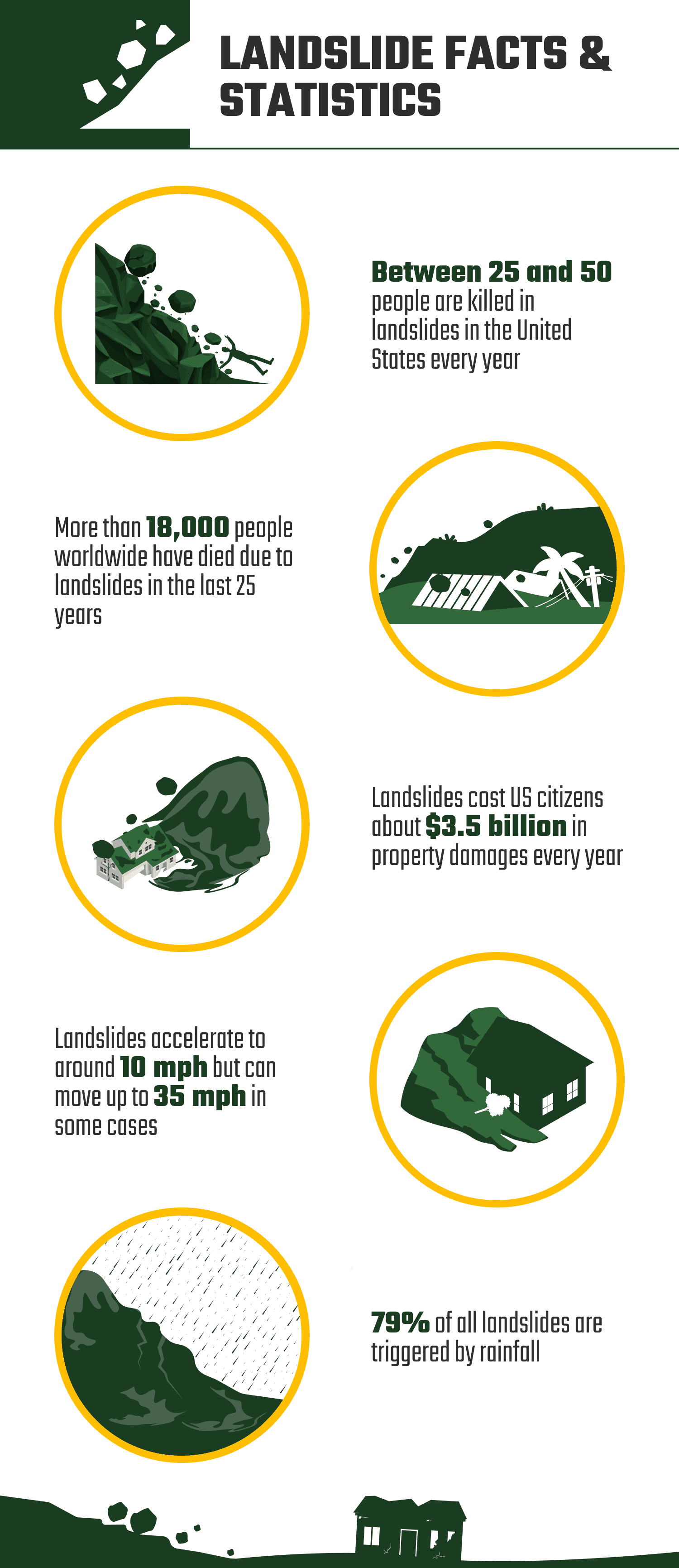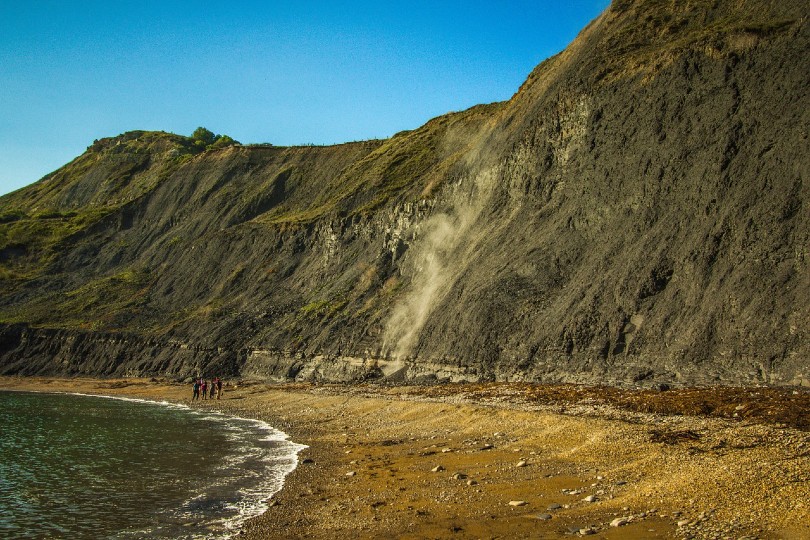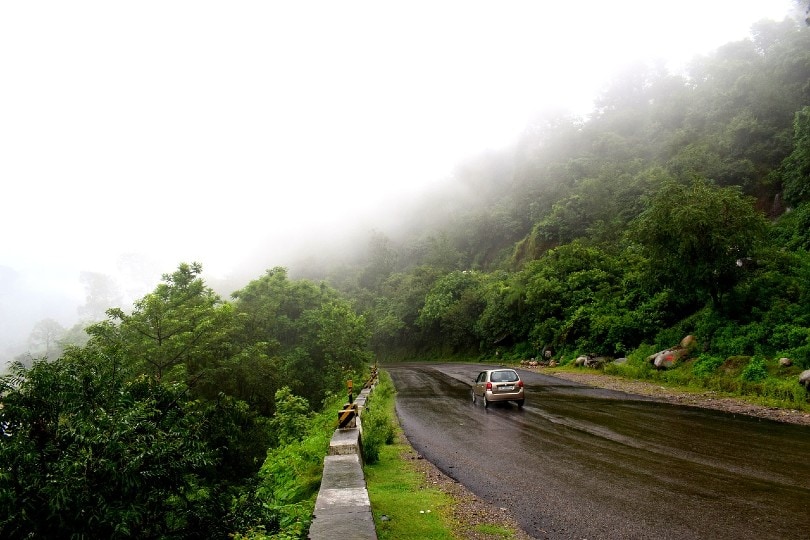9 Facts About Landslides: Statistics & Data to Know in 2024
-
Kristin Hitchcock
- Last updated:

Note: This article’s statistics come from third-party sources and do not represent the opinions of this website.
Landslides can be deadly, especially when they occur without warning. Anything in a landslide’s path will likely become covered under tons of earth and rock. Luckily, landslides are pretty rare. You don’t hear about them very often, but they’re prevalent in areas with frequent wildfires, long periods of drought, and intense rainstorms. However, landslides may be becoming even more common.
Below, we’ll take a look at all the statistics you need to know about landslides, including how many people they affect and how often they occur.
Click below to jump ahead:

Top 9 Landslide Statistics
- 25-50 people are killed in landslides in the United States every year.
- More than 18,000 people have died due to landslides worldwide since 1998.
- Landslides cost people in the United States about $3.5 billion every year.
- Landslides occur throughout the globe, but they tend to occur most commonly around mountain ranges.
- Landslides can move up to 35 mph.
- The largest landslide ever recorded was the May 1980 eruption of Mount St. Helens, which caused an avalanche that traveled at around 14 mph.
- 79% of all landslides are triggered by rainfall.
- There have been 4,862 landslides across the world between 2004 and 2016. About 95% of these events were single slope failures.
- Most rainfall-related events occur in East Asia and South and Central America.


Landslide Impacts
1. 25-50 people are killed in landslides in the United States every year.
(USGS)
Landslide deaths are uncommon in the United States since it has the infrastructure and ability to prevent them. When they occur, a warning sometimes allows residents to evacuate. However, that doesn’t mean that they never cause deaths. Heavy rains and wildfires often cause landslides since the fire destroys the trees that would typically hold the debris in place.
When both of these events occur in the same area, landslides can be deadly.

2. More than 18,000 people have died due to landslides worldwide since 1998.
(WHO)
All over the world, about 18,000 people have died in landslides, while 4.8 million people have been affected. More landslides seem to be happening yearly, as climate change and rising temperatures can trigger more landslides, especially in areas once covered in permafrost.
3. Landslides cost people in the United States about $3.5 billion every year.
(Do Something)
Landslides have cost the American people about $3.5 billion yearly in property damage. Due to the fast-moving flows, mudslides can quickly destroy homes and businesses.

The How, When, and Why of Landslides
4. While landslides can occur anywhere, they are most common among mountain ranges.
(USGS)
Technically, landslides can occur anywhere, but they mainly occur along mountain ranges due to the steep hills required for landslides to occur. It only takes loose material on a steep slope to make a landslide. Most landslides in the US occur on the Pacific Coastal Ranges, Appalachian Mountains, and the Rocky Mountains. Some steep areas of Alaska and Hawaii also experience landslides.
Globally, they occur regularly in the Andes Mountain range in South America, stretching across Venezuela to Bolivia and into Chile (though to a lesser extent). Asia has more than other countries, accounting for nearly 75% of all landslides. Usually, the landslides occur around the Himalayan Arc, including in India and southeastern China.
5. Landslides can move as fast as 35 mph.
(USGS)
Usually, landslides accelerate to around 10 mph, which is relatively fast. However, in some cases, they can exceed 35 mph. The speed depends on the consistency of the landslide. If there is more water, the landslide will move faster but may carry less debris. The muddier the landslide is, the more debris it can carry, but the slower it will go.

6. The largest landslide ever recorded was the May 1980 eruption of Mount St. Helens, which caused an avalanche that traveled at around 14 mph.
(Do Something)
This landslide dumped enough debris to fit in nearly 250 million dump trucks. The landslide destroyed a variety of structures, including nine highway bridges.
7. 79% of all landslides are triggered by rainfall.
(NHESS)
Many landslides occur during the rainy season in tropical areas. Hurricanes and typhoons also lead to landslides since they usually drop a lot of rain in a single area. Most fatal landslide events are also triggered by heavy rainfall (when earthquakes and similar events don’t trigger them).

Where Do Landslides Occur?
8. There have been 4,862 across the world between 2004 and 2016. About 95% of these events were single slope failures.
(NHESS)
In other words, the landslide was caused by a single hill that failed. Usually, landslides are not caused by multiple hills that fail and lead to other landslides. Instead, the mud and debris come down a single hill, causing damage and deaths. These do not tend to be widespread events.
9. Most rainfall-related events occur in East Asia and South and Central America.
(NHESS)
These areas have the most seasonal rainfall and steep mountainsides. Therefore, they experience the most rain-related landslides, which also make up most of the landslides. In other words, these areas receive the most normal landslides that aren’t caused by seismic activity.


Frequently Asked Questions About Landslides
What happens during a landslide?
During a landslide, mud and debris become loose on a hill and head downward, picking up more debris as they go. They can flow rapidly and with very little warning. Tracking agencies try to determine where landslides may occur based on the geography and rainfall amounts. However, they are impossible to predict.
Landslides often move faster than a person can run, which makes it impossible to get away from them. They can quickly cover large swaths of land, destroying houses and other infrastructure. (Ready.gov)
What are the four types of landslides?
There are four main types of landslides: fall and toppling, flow and creep, and slides (which can be rotational or translational).
Falls and toppling occur when large rocks and debris break off a steep area and freefall through the air. Typically, these occur along roads where part of the mountain has been carved away, though they can also occur on sea cliffs.
Flows and creeps occur when mud moves down the slope as a sticky fluid. Often, this occurs when the area is exceptionally wet or during earthquake activity, where the shaking can lead to a fluid flow. Creeps are like flows but much slower. They usually don’t cause death or damage, but they lead to the slow erosion of the soil.
Slides are what most people think of when they think of landslides. Typically, wet soil gets knocked out of place and flows downhill, bringing along other debris. There are different types of slides depending on the way the soil moves. (Mineral Resource Department)
Is a landslide a natural disaster?
Yes, a landslide is labeled as a natural disaster. It occurs naturally, though it can have disastrous effects on the people, plants, and animals around the event. (Office of Disaster Preparedness and Management)
What is the most common landslide?
Slides are the most common type of landslide. They are typically caused by too much rain in a single area. The rain loosens the soil and produces mud, which can then move downhill rapidly. (USGS)
What are the harmful effects of a landslide?
The impact of a landslide can be devastating and last a long time. Lives can be lost if the landslide occurs near homes; they are, unfortunately, impossible to predict or get away from. Landslides can also damage infrastructure, land, and natural resources. (FAO)
Related Read: 14 Facts About Tsunamis: Data & Statistics

Conclusion
Landslides are natural disasters usually occurring around mountains. Typically, heavy rain sets off these disasters. The rain-soaked ground is much more likely to cause a landslide than dry ground. Forest fires can complicate matters further since they remove the trees and vegetation that typically keep the soil in place.
When a landslide occurs, it can be deadly. They are nearly impossible to predict, and a dozen or more people die each year in the USA from landslides. Thousands have perished around the world over the last few decades. Of course, landslides can also damage homes and businesses, leading to lost revenue and expensive repair bills.
Featured Image Credit: Hans, Pixabay
Contents
